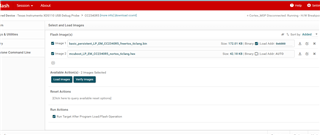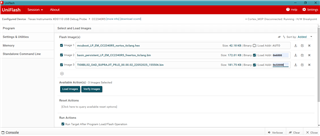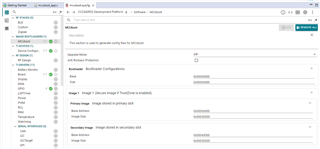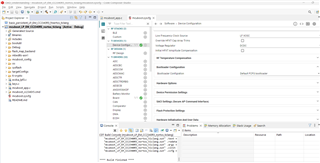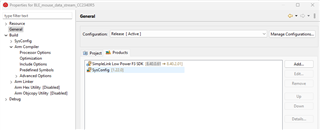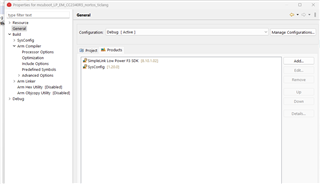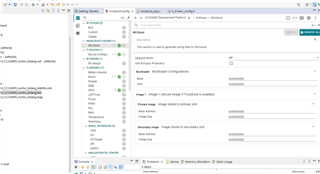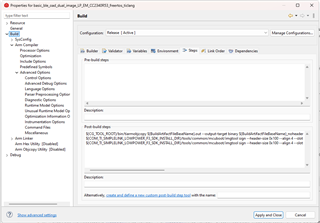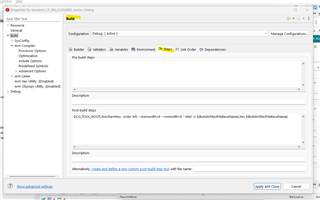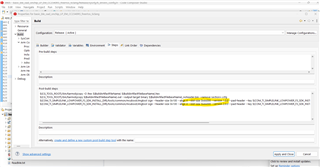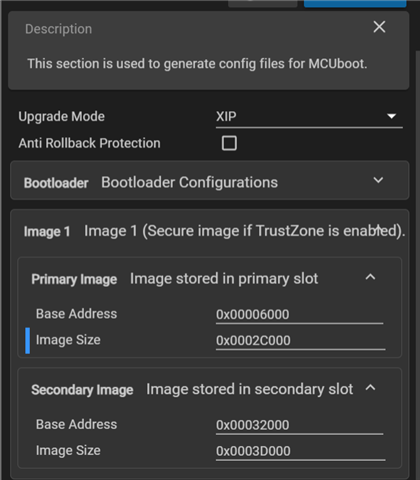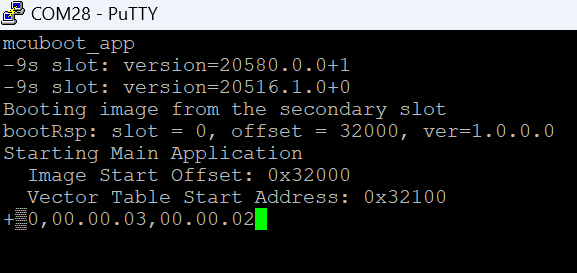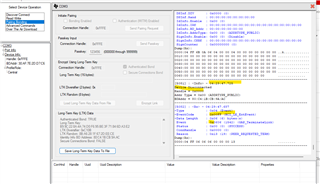Other Parts Discussed in Thread: SYSCONFIG, UNIFLASH,
Tool/software:
Hi Forum,
I am working on integration of OAD with project. SDK 8.10.02.01. I observed that boot time is around ~4.5 sec to 5 seconds. Could you suggest a way to chop it off to ~2-2.5 seconds.
I went through forum for similar issues, and it seem "disabling GPIO debug" will solved the issue but i am not exactly sure how to do that. what i understood is by disabling a GPIO they mean disconnecting debug pins which i did (think so).
I am using MCUBoot hex file from SDK and using persistent from example project.
Regards
Vaibhav



